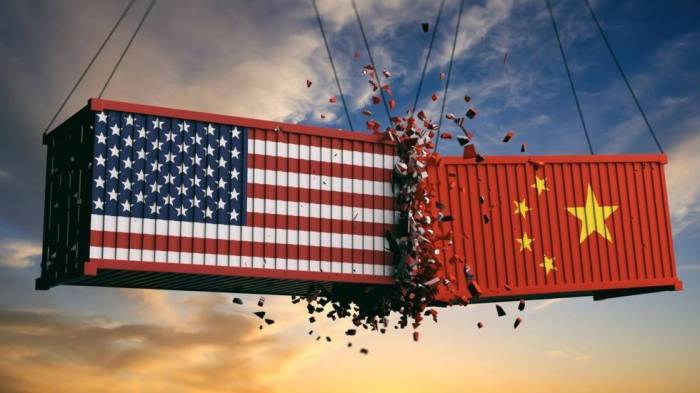The latest round brings to $50 billion the value of imports subjected to tariffs on either side since early July, and more are in the pipeline, adding to risks for global economic growth.
China’s Commerce Ministry said Washington was “remaining obstinate” by implementing the latest tariffs.
“China resolutely opposes this, and will continue to take necessary countermeasures,” it said in a brief statement shortly after mid-day.
“At the same time, to safeguard free trade and multilateral systems, and defend its own lawful interests, China will file suit regarding these tariff measures under the WTO dispute resolution mechanism,” it said.
Washington is holding hearings this week on a proposed list of an additional $200 billion worth of Chinese imports to face duties.
U.S. Customs and Border Protection had confirmed on its website that at 12:01 a.m. EDT (0401 GMT) on Thursday, which is just past noon in Beijing, it would begin collecting extra 25 percent duties on 279 Chinese import product categories.
China’s official Xinhua news agency said Beijing’s own tariffs took effect at 12:01 p.m. local time, as scheduled.
The tariffs took effect amid two days of talks in Washington between mid-level officials from both sides, the first formal negotiations since U.S. Commerce Secretary met with Chinese economic adviser Liu He in Beijing in June.
Business groups expressed hope that the meeting would mark the start of serious negotiations over Chinese trade and economic policy changes demanded by President Donald Trump.
However, Trump on Monday told Reuters in an interview that he did not “anticipate much” from the talks led by U.S. Treasury Under Secretary David Malpass and Chinese Commerce Vice Minister Wang Shouwen.
Economists reckon that every $100 billion of imports affected by tariffs would reduce global trade by around 0.5 percent.
They have assumed a direct impact on China’s economic growth in 2018 of 0.1-0.3 percentage points, and somewhat less for the United States, but the impact will be bigger next year, along with collateral damage for other countries and companies tied into China’s global supply chains.
















































